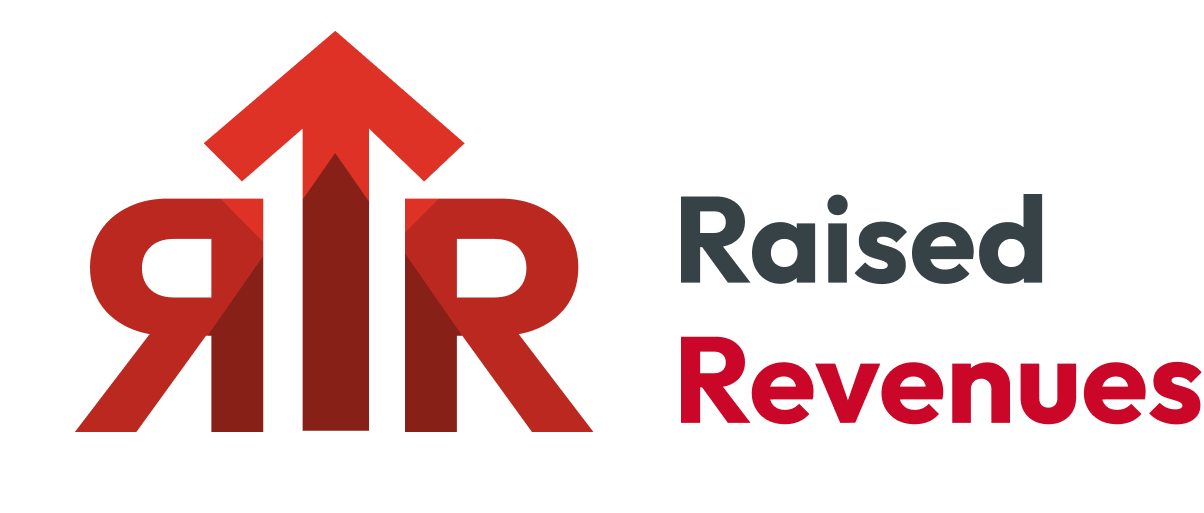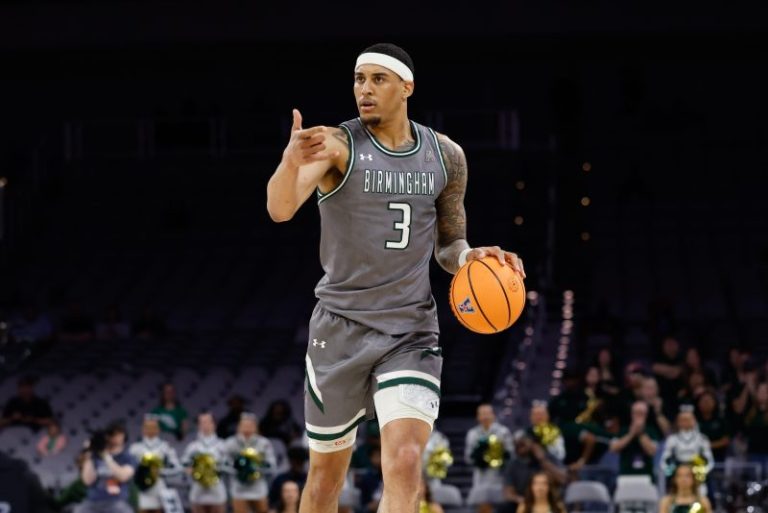CHICAGO − Yaxel Lendeborg rubbed his hands together seated inside Wintrust Arena, a wave of excitement and anxiety coursing through him as he laid out the options again before his first official NBA audition was set to begin. The former UAB star is an intriguing figure among the group of players taking part in this week’s 2025 NBA Draft Combine. He’s facing the sort of decision prospects invited to this annual league event never did in the past.
Lendeborg is a potential late first-round draft pick, according to draft experts, who could also slide into the second round – when contracts are not guaranteed – depending on how his pre-draft workouts go. The 6-foot-10 big man also committed to Michigan in April as one of the country’s most coveted transfers amidst an explosion of money being paid to college football and basketball players through name, image and likeness compensation and the anticipated implementation of revenue sharing by the NCAA for the 2025-26 season.
The 22-year-old has until the NCAA’s May 28 withdrawal date to pull out of the draft and retain his college eligibility. And sounds torn about it right now. More torn than any of the other college hopefuls around him this week.
“The NBA is ultimately the goal for a lot of guys. It’s just college is so tempting because of the money,” Lendeborg told USA TODAY Sports. “I’m 50-50 between the NBA and Michigan, and I just hope that a team can let me know early so I don’t mess anything up.”
How NIL changed the 2025 NBA draft
The dynamics and financial implications of the traditional NBA draft decision tree have changed because of the money players can now make at the college level. There were only 106 early entrants in the 2025 NBA draft, which is the lowest figure in a decade and down from 353 in 2021. There were also more players (18) from the Portsmouth Invitational, a pre-draft event for college seniors, invited to the NBA Draft Combine than recent years.
The trends are in direct correlation to the rapid increase in NIL money being doled out by college basketball programs. For one season, the starter for a power conference team in college will often make more than an NBA player on the first year of a rookie deal. For many, it might be the most money they ever make in one season playing basketball.
The attempts to thread that needle, of maximizing money made in college and in the NBA, has infused chaos into the college ranks through the transfer portal and constant roster churn. It played out this week in Chicago as numerous college coaching staffs were on hand to both support their participating players at the NBA draft combine, and quietly hope the feedback convinces them to come back to college for another season.
“A case of food poisoning – nothing serious – would be good for the University of Michigan right now,” Wolverines assistant coach Mike Boynton joked on Tuesday before explaining they always knew there was a chance Lendeborg would go to the NBA.
It’s yet another ripple effect of the power shift within college sports.
“We’ve got the best of both worlds,” said St. John’s star R.J. Luis, who entered the NBA draft and the NCAA’s transfer portal this offseason. “We’re basically like semi-pros. We got like one-year contracts basically (in college). It’s just about trying to find the best opportunity at the right moment.”
‘Good for the basketball ecosystem’
The NBA doesn’t seem to mind this, either.
Five league executives told USA TODAY Sports at the draft combine that the implementation of name, image and likeness at the college level has produced minimal disruptions for the league and its draft process. Some view it as a positive development despite the issues NIL created for college basketball teams. As one NBA general manager put it, “The guys will come into the draft eventually.”
“You’re still getting the top-end guys, but you’re not going to get sophomores and juniors,” said an NBA front office executive who runs his team’s college scouting operation. “You’re going to see a gap in the draft the next couple years, especially in the second round. But most guys choosing to go back (to college) would struggle to stay (in the NBA) anyways. Now these guys can build brands in college. In the long run, it might be better.”
“It’s good for the basketball ecosystem,” added another NBA team executive.
But there will still be players like Lendeborg placed in a precarious spot, hoping the measurements, scrimmage performances and meetings with NBA officials at the combine and a flurry of workouts the next two weeks provide more clarity.
The Pennsauken, New Jersey native only played 11 varsity basketball games in high school and had to go the junior college route before arriving at UAB. There is no precedent for what he’s going through because a fringe first-round pick five years ago wouldn’t also be mulling NIL deals worth millions of dollars.
He doesn’t want to stay in school just because of the money. But he also doesn’t want to go to the NBA and not have a chance to be a rotation player quickly. He only needs one team to promise he will get one to stay in the draft. He just needs to know before May 28.
“If it doesn’t happen by then,’ Lendeborg said, ‘then the decision is going to be really hard to make.”

